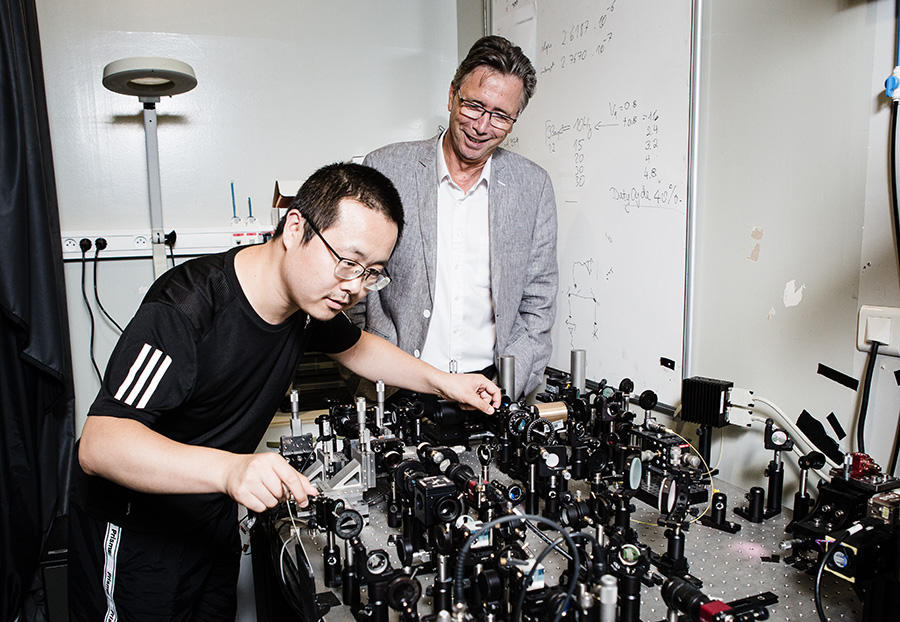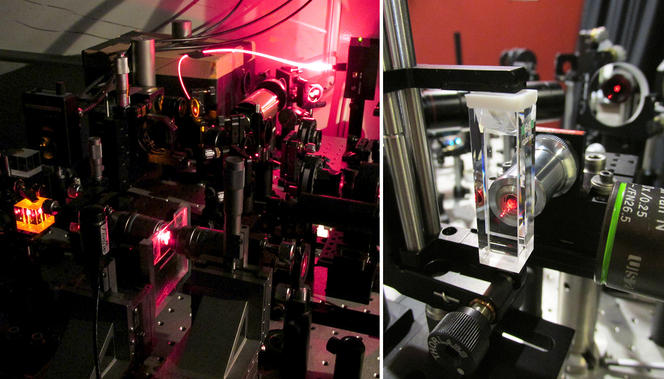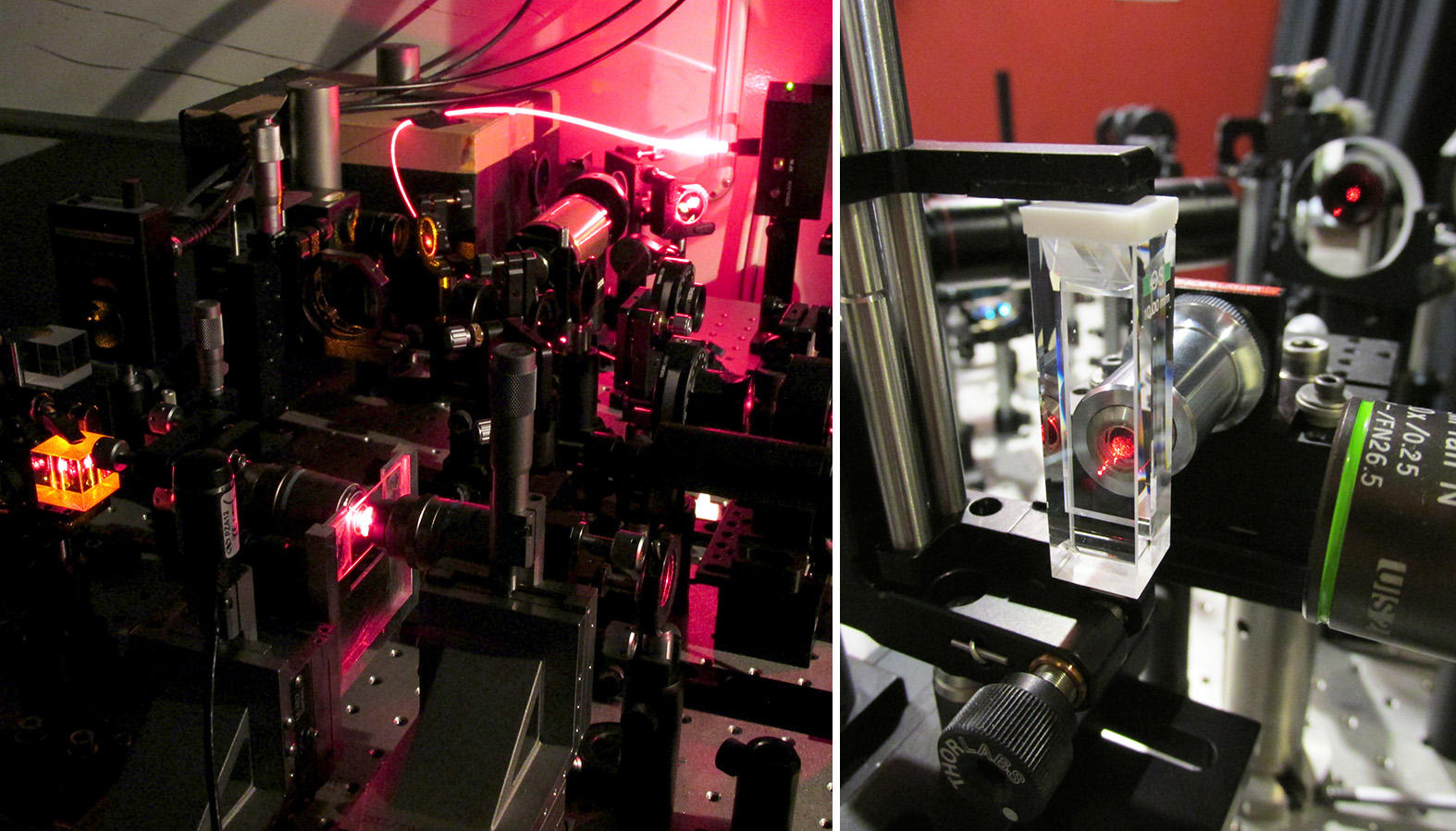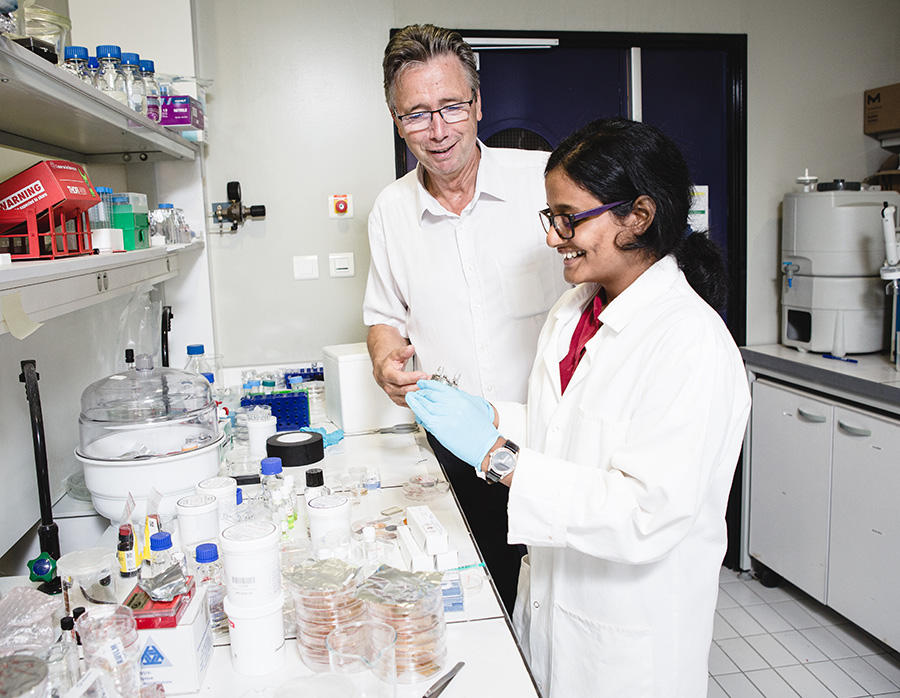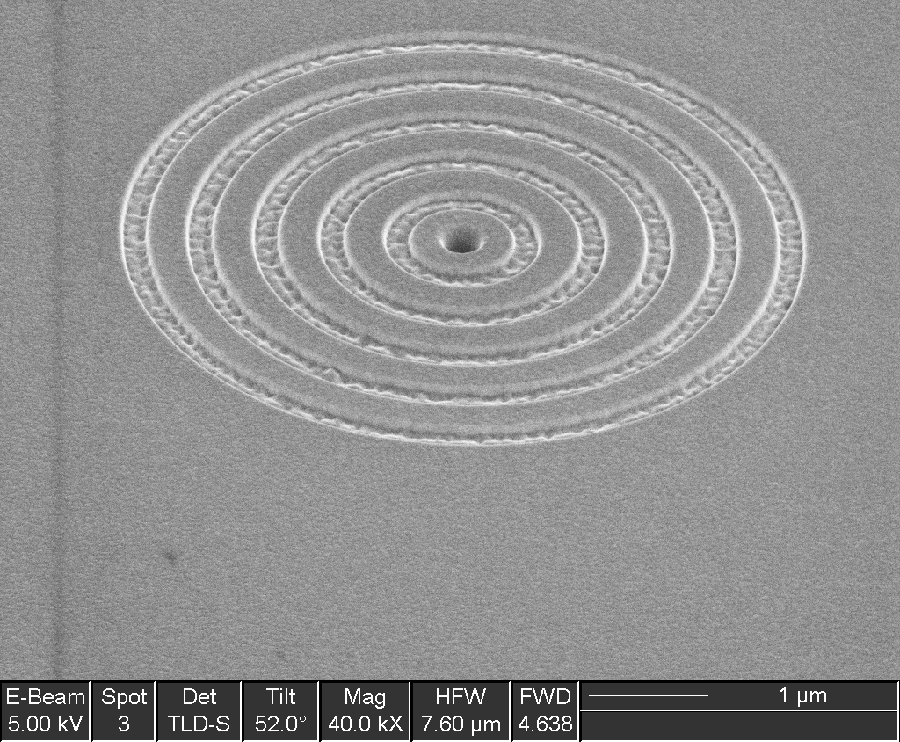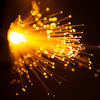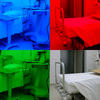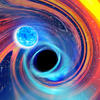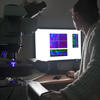You are here
Thomas Ebbesen: "I Feel like an Explorer"
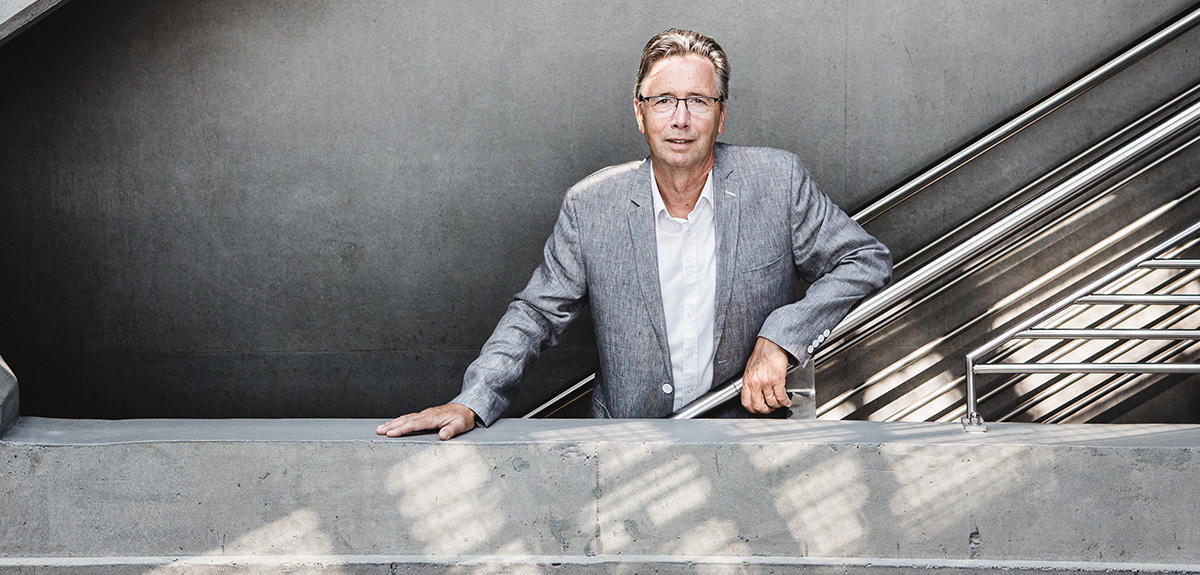
The CNRS Gold Medal has recognised your career work, which includes major discoveries in different fields, and is interdisciplinary by nature.
Thomas Ebbesen:1 I'm a case in point on the topic, for multidisciplinarity is my trademark. I've changed focus three times, so my current subject of "hybrid states" is my fourth. I began with a bachelor's degree in biology and chemistry before completing a dissertation in physical photochemistry, on artificial photosynthesis. Then I worked on carbon materials from 1990 to 2000, and discovered how to produce carbon nanotubes in large quantities. These materials are the most resistant we know. Later I shifted towards nanophotonics and concentrated on arrays of holes, which helped me reveal new properties of light (read below), for which I received the Kavli Prize and the Quantum Electronics Prize from the European Physical Society.
Today I am devoting my efforts to quantum electrodynamics. Each time I touch on a new subject I have little knowledge in the field, and therefore few preconceived notions on what is and is not possible, and so I start testing things, experimenting. The fact that I'm not limited to a specialised domain gives me more freedom. After all, the purpose of scientific research is to explore, isn’t it? Personally, I feel like an explorer.
What exactly are your exploring now?
T. E.: I am working on hybrid light-matter states, and am having more fun than ever before! My team and I have successfully modified the properties of matter, using nothing but quantum vacuum fluctuations. We already knew how to act on these properties using chemistry or lasers, but what we are doing is a little like alchemy in a vacuum.
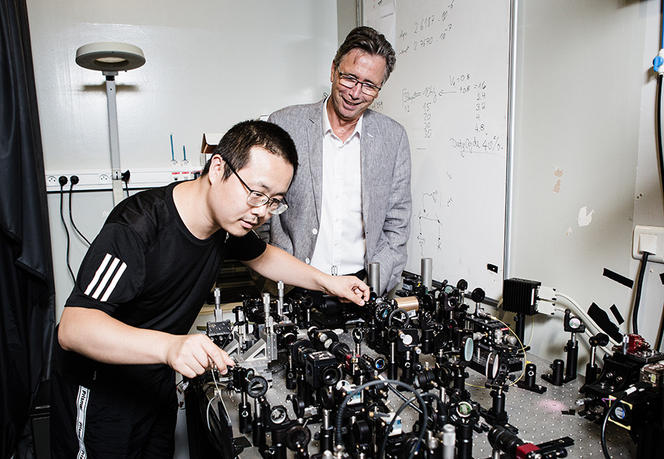
How do you go about it?
T. E.: It's a fairly simple procedure: I lock up molecules in an optical cavity consisting of two facing mirrors, with everything in complete darkness. There's no light, but like absolutely everywhere in the Universe, there are quantum vacuum fluctuations.
These fluctuations generate temporary electromagnetic fields. We then adjust the distance between the two mirrors (with a simple screwdriver!) until there is resonance interaction between the electromagnetic fields and the molecules. This means that they are resonating at the same frequency, rather like soldiers walking exactly at the same pace over a bridge, which starts vibrating as a result. When this happens, the two entities "communicate" and exchange "ephemeral" photons, thereby changing the properties of the molecules, especially their conductivity, chemical reactivity, etc. Light and matter (the famous vacuum fluctuations) are then said to hybridise. We posted a video online so that anyone can create the device if they want to.
What is the reasoning behind this discovery?
T. E.: It all started when I read an article by Serge Haroche and Daniel Kleppner in a physics journal on cavity quantum electrodynamics. I immediately wondered whether it could modify matter. This was an odd idea, as physicists who had worked on the subject had not thought of exploring this possibility. But I was coming from a chemistry background and had no preconceptions, and so I tried. I worked with two postdoctoral fellows in particular, an Australian chemist and an Israeli physicist. They brilliantly set my idea in motion, and one day after two years of work, we measured a change in the chemical reactivity of our molecules. We were incredibly excited!
We nevertheless met with a good deal of resistance from the very beginning; the prestigious journals to which I submitted our finding quickly responded that it was science fiction. Our article was rejected by two journals, before being accepted by a third. Many people remained skeptical, even in the face of this first positive result. It is indeed highly counterintuitive, yet it is very real. This shows that nature is full of surprises, and that there are always new discoveries to be made, just as we constantly come across new landscapes.
The eclectic nature of your teams appears to be another constant in your career.
T. E.: I had the good fortune of always being part of interdisciplinary circles, where researchers from diverse fields of expertise closely interact. I try to maintain this synergy. In my team, there are physicists and chemists, but also biologists. Every day, I collaborate with totally different profiles, each highly specialised, such as experts in synthetic chemistry, enzymatic activity, etc. I could not have achieved these results without all these interactions. I must say I work in an extraordinary environment that combines competition and cooperation. It's very stimulating and enriching, and I find it inspiring as well as sustaining.
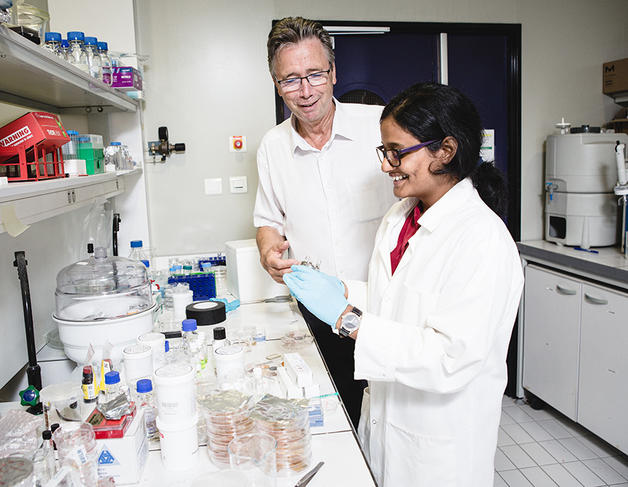
You have worked in the private sector during your career (the Japanese company NEC), and successfully filed dozens of patents. What possible applications are there for your research on light-matter hybridisation?
T. E.: The first advantage of our approach is to cut the amount of energy needed in a reaction that seeks to transform matter. All industries do so through the use of catalysts, from tailpipes to pharmacology. The device must be heated to a degree where no reactions are produced – more or less so depending on what must be obtained. Using vacuum fluctuations can in certain cases lower this level, thereby generating massive energy savings. Thanks to our technique, which has now been widely adopted by the scientific community, a Japanese team has successfully lowered the energy cost of a reaction by a factor of 10,000. This means that at a given time, they will produce 10,000 more molecules. Many people are naturally getting excited about it.
Are collaborations with industry already underway?
T. E.: I am already in contact with two large companies which want to see whether my expertise can make a difference in their processes. Yet it is important to note that for now we have only tested a limited number of chemical reactions. Other teams across the globe are working on this, so that twenty reactions are being studied at present. Once we reach a hundred, we will potentially be able to infer major fundamental principles from all of these procedures, for we do not yet understand the full details of our results.
We want to know which specific vibration of a particular molecule has an influence on a given reaction. Or if you will, which musical note will make the audience react. We also want to explore the consequences for solid-state physics, and identify possible applications in medicine. For now, we only see the tip of the iceberg, but as I'm free to explore as I see fit, we will be able to make progress.
What do you do when you are not playing with electromagnetic vacuum fluctuations or arrays of holes?
T. E.: I go to small-town France, alongside the Creuse River, where I totally disconnect, something that I find indispensable for keeping my brain sharp! I read, do home improvements, some painting, make cement –lots of manual work. I tend my field, and contemplate the beauty of nature. It pleases me to think that in my own modest way, I have discovered some of its little secrets.
______________________________________________________
Nothing can stop light
In 1998, Thomas Ebbesen revealed the new optical phenomenon of extraordinary transmission. He discovered that light could pass with great efficiency through openings that are smaller than its own wavelength, contrary to what was accepted at the time.
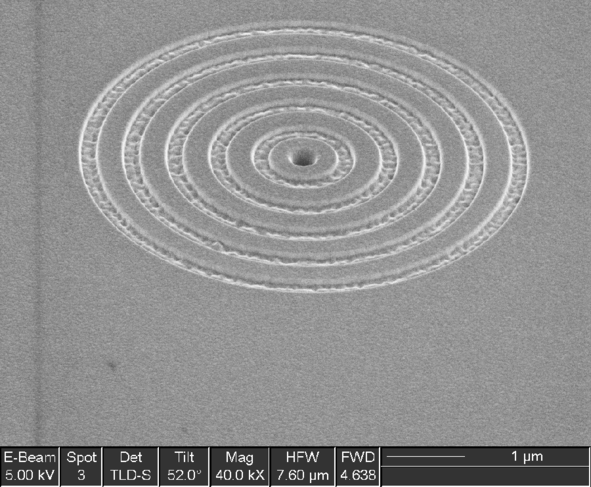
This curious phenomenon is well understood today, as the networks of holes actually function like an antenna: free electrons randomly assemble on the conductive surface of the metal plate in groups known as “plasmons.” These plasmons follow the pattern of the network, which is to say the distance between the holes, thereby “resonating” with it. It’s as though they form a magnifying glass above each hole, concentrating photons above the holes and re-emitting them. “While the probability of a photon passing between the holes is low at first, these ‘magnifying glasses’ greatly increase this probability,” Ebbesen explains. “The concentration is such that we end up with more light being transmitted than is allowed by the surface area occupied by the holes.”
The discovery had its roots ten years earlier, when Ebbesen was working in Tokyo for the company NEC and came across an article by the physicist Serge Haroche. Since then it has given rise to numerous industrial applications, from improved laser quality to increased optical fibre capacity.
- 1. Thomas Ebbesen is a Professor at the Université de Strasbourg and Director of the Institut d’études avancées de l’Université de Strasbourg (USIAS).



